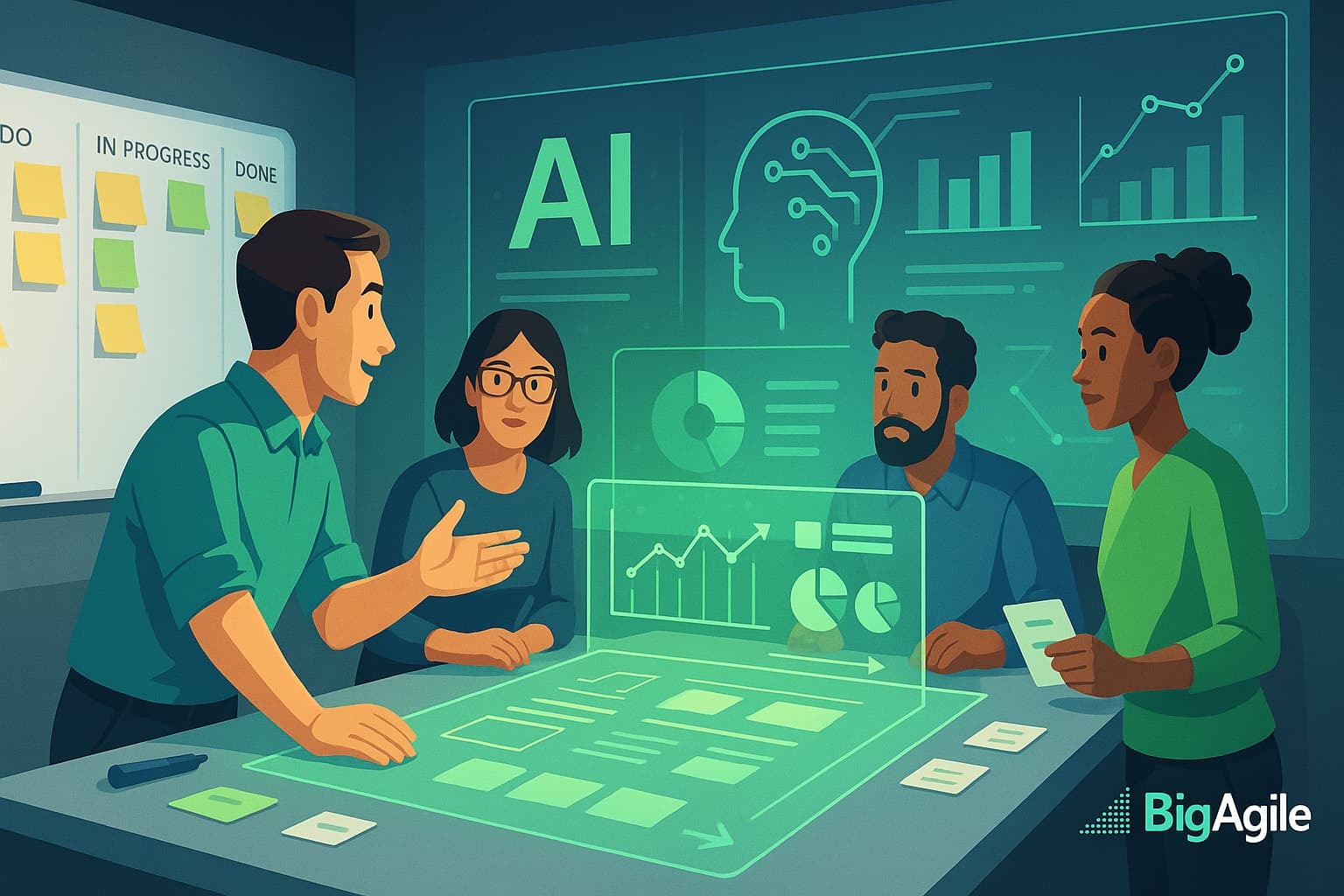
Did you know?
The LinkedIn Pulse piece “AI Complements Human Intelligence” highlights five human-centric capabilities that AI amplifies rather than replaces, better decision-making, relief from repetitive drudgery, efficiency gains, deep personalization, and skill augmentation. AI is the rage, and many fear their jobs are at risk.
Yet our MIT “Superminds” readings remind us that these benefits emerge only when people and machines are deliberately woven into a collective intelligence design, not bolted on as afterthoughts.
So what?
So much of today’s automation rush overlooks the human complementary layer, curiosity, contextual judgment, systems thinking, storytelling, empathetic coaching; capabilities that Porter, Kotter, Reinertsen, and Prosci’s ADKAR model each flag as the real competitive moats in an AI era. We mention these because most people lack tangible processes for change. (p.s...we can help).
Ignoring the complementarity principle triggers classic change-curve failures:
| Misstep | AI Side-Effect | Business Impact |
|---|---|---|
| Automate without sense-making | Model outputs no one trusts | Shadow spreadsheets, re-work |
| Skip Kotter’s “guiding coalition” | Data scientists over-rule operators | Low adoption, morale dip |
| Minimize learning loops | Slow ability to course-correct | Opportunity costs, brand risk |
Superminds’ research shows that teams that pair algorithmic patterning with human framing decisions outperform either alone by 20-30 percentage points in accuracy and speed.
Now what?
- Map complement zones. Use a “swim-lane” workshop: algorithms on the left, human strengths on the right, fill the gap with interaction rules (e.g., escalation thresholds, explainability cues).
- Flow design, not tasks. Adopt Reinertsen’s small-batch, fast-feedback cadence; run weekly “AI-in-production” retros to refine prompts and features.
- Upskill for “judgment work.” Lean-Flow micro-learning: data storytelling, first-principles problem framing, and ADKAR-anchored change coaching.
- Institutionalize wins. Celebrate early “human-machine” victories (e.g., reduction in claims-processing time and bump in Net Promoter Score, to reinforce new behavior).
- Govern ethically. Establish a privacy ritual and bias-watch rota; rotate cross-functional stewards every sprint.
Catalyst Leadership Questions
| Question | Probing Prompt |
|---|---|
| Where is AI only as good as the data we feed it? | Which tacit, human observations never reach the data lake? |
| How might we redeploy time saved by automation? | What new discovery or customer-empathy rituals can we schedule? |
| Do we reward judgment as much as efficiency? | Can we cite a promotion based on critical-thinking excellence? |
| Are learning loops paced to market change? | What’s our median cycle time from model insight to field pilot? |
| Who owns AI-ethics outcomes? | If a customer is harmed, who apologizes and fixes the root cause? |
Human-AI partnerships are like tandem bikes: AI supplies raw wattage, but humans steer, brake, and pick the route. Neglect either role, and you’ll wobble or crash. Embrace both, and you’ll sprint past lumbering competitors still pedaling solo (and wondering what's next). Our take? It's here to stay, enjoy the ride, maybe even have a hand at defining the future of use for YOUR organization.